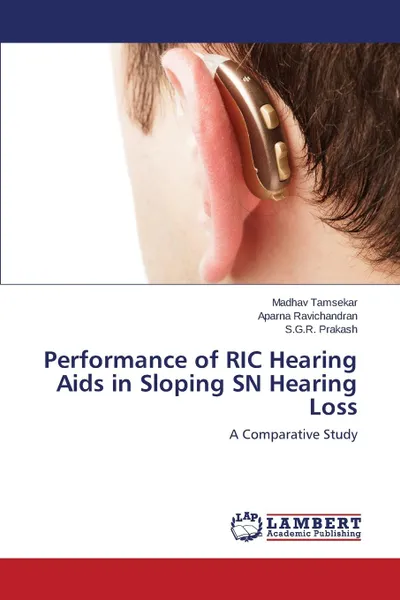Performance of Ric Hearing AIDS in Sloping Sn Hearing Loss 12+
64 страницы
Категория: Литература на иностранных языках
ISBN: 9783659128509
Язык: Английский
🔖 Individuals with near-normal low frequency hearing sensitivity and considerable hearing loss above 2000 Hz are dissatisfied with traditional hearing aids due to either over amplification in low frequencies or occlusion effect. RIC hearing aids are favored due to small size, discrete appearance and ability to minimize occlusion.the study aimed to compare the performance of Receiver-In-Canal (RIC) to ear tip (ET), ear moulds (EM) fittings in quiet, +5dBSNR & 0dBSNR. 30 bilateral sloping SNHL subjects were selected randomly. Speech identification scores as a function of different SNR's was determined. The results revealed a significant mean difference in ear mould Vs receiver-in-canal fitting and ear tip Vs receiver-in-canal fittings in quiet, +5dBSNR and 0dB SNR conditions indicating that receiver-in-canal fitting is significant better than ear tip and ear mould fitting. The results suggest that Receiver-In-Canal fittings are an effective means of overcoming barriers of acceptance of amplification and suggest the clinical importance of Speech audiometry with noise in aided benefit of open-fit devices in the rehabilitation of person's with HFSNHL.
Мнения
